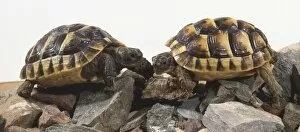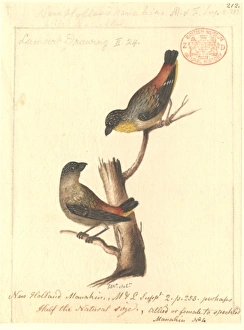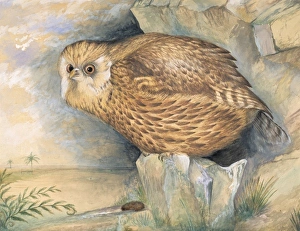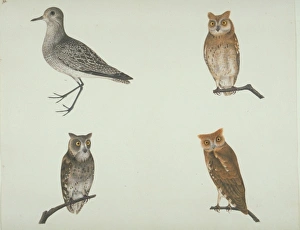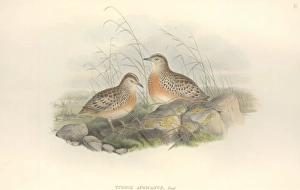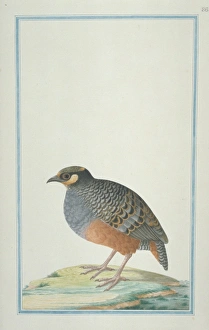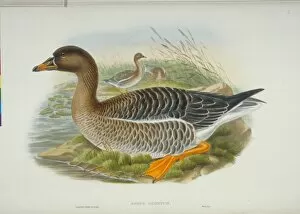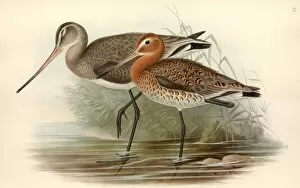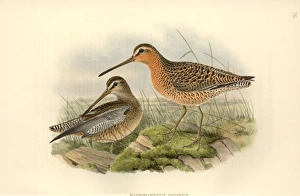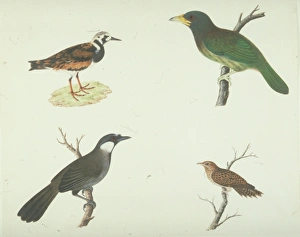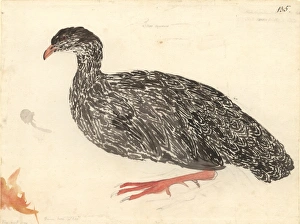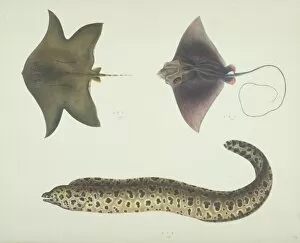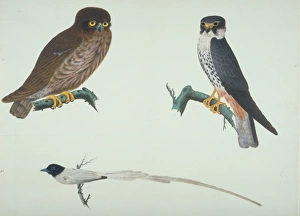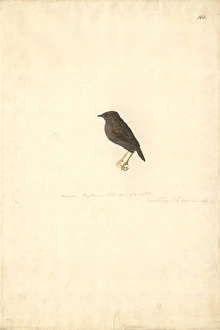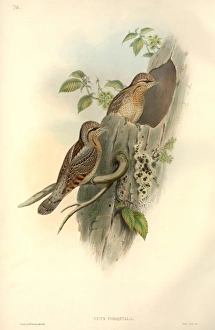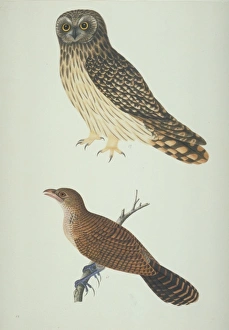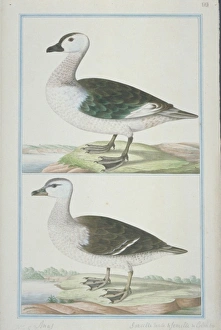Mottled Collection (page 8)
"Mottled: A Tapestry of Nature's Colors" In the dense forests of New Zealand, a Strigops habroptilus, commonly known as the kakapo, displays its mottled plumage
All Professionally Made to Order for Quick Shipping
"Mottled: A Tapestry of Nature's Colors" In the dense forests of New Zealand, a Strigops habroptilus, commonly known as the kakapo, displays its mottled plumage. With intricate patterns blending shades of green and brown, it effortlessly camouflages itself among the foliage. On a branch high above, a Red kite (Milvus milvus) perches gracefully. Its feathers are adorned with an enchanting mix of reds and browns, creating a stunning mottled effect that catches the eye. Not far away, a peregrine falcon (Falco peregrinus) stands tall on another branch. Its sleek body showcases an exquisite blend of dark and light hues - nature's own masterpiece in mottling. Down by the shimmering waters stand lesser flamingos (Phoeniconaias minor), their delicate pink plumage speckled with patches of white. The subtle mottling adds depth to their already captivating appearance. Venturing into the depths below sea level lies an epaulette shark (Hemiscyllium ocellatum). Its skin is beautifully patterned with spots and blotches in varying shades - an underwater marvel in natural mottling. Moving towards freshwater habitats, we encounter lampreys - Sea Lamprey, Lampern, and Silver Lamprey. These ancient creatures boast bodies covered in scales displaying mesmerizing patterns resembling delicate brushstrokes across their skin. Flipping through pages filled with avian wonders brings us to page 78 where an Eastern Curlew (w / c on paper) captures our attention. The artist skillfully portrays its elegant form using watercolors that create soft gradients and gentle mottling effects. Perched behind a cactus hides the Gila Monster lizard (Heloderma suspectum), showcasing its unique textured skin marked by irregular patches arranged like puzzle pieces. Its mottled appearance serves as a natural defense against predators.


